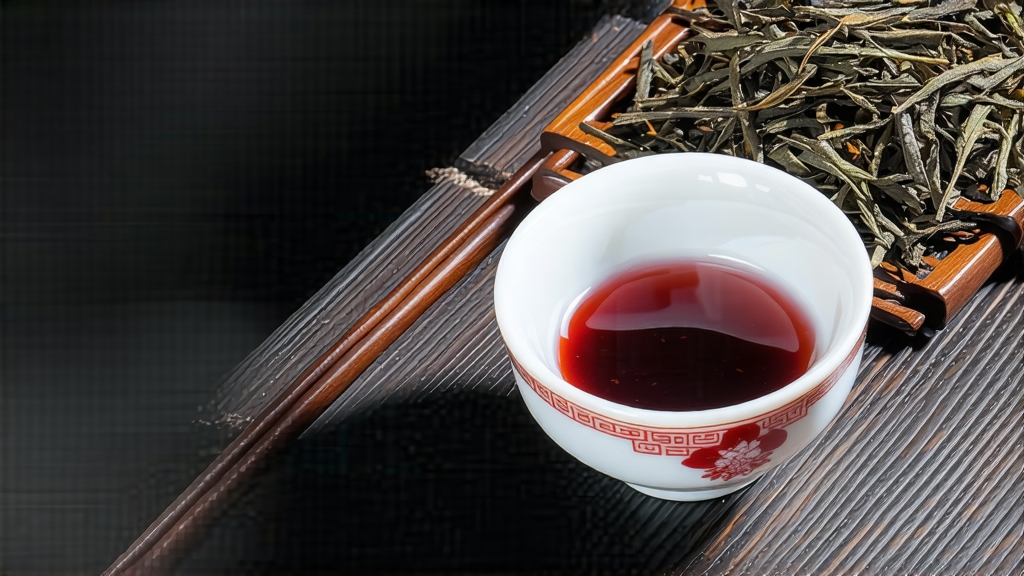
Long before English porcelain teacups clinked in London drawing rooms, before the East India Company weighed anchor for Canton, the first fully oxidised leaf that would later be called “black tea” was quietly born in the rugged Wuyi Mountains of northern Fujian. Locals named it Zhengshan Xiaozhong—“small leaf from the original mountain”—but the world came to know it as Lapsang Souchong. Today, when sommeliers speak of terroir-driven Chinese hong cha, they still begin with this smoky ancestor whose story is woven into the birth of global tea commerce, the refinement of gongfu cha, and even the invention of the teapot itself.
1. Geography and terroir
Tongmu Village, perched at 1,200 m along the bend of the Tongmu River, is the legally protected core origin. Here, a subtropical monsoon climate collides with mineral-rich, weathered granite soils; morning fog lingers until noon, filtering sunlight into a soft, diffused glow. The indigenous cultivar—Xiaozhong—bears leaves barely 4 cm long, thick-walled and wax-coated, storing aromatic precursors that translate into honeyed fruit and cold pine resin after smoking. Outside the 600 km² UNESCO buffer zone, similar leaf is processed as “wai shan” (outside mountain) tea, but only leaf picked within Tongmu may bear the designation “Zhengshan.”
2. Historical vignette
The most cited legend dates to 1646, when Qing soldiers quartered in tea factories forced farmers to speed-dry their leaf over open pine fires to meet military requisitions. The resulting copper-red liquor, laced with campfire sweetness, found favour with Dutch traders at Xiamen port and was re-exported via Batavia to Europe, where it was christened “bohea” (from the Minnan pronunciation of Wuyi). By 1669, the British East India Company listed “Lapsang Souchong” at 28 shillings per pound—more than twice the price of green tea—cementing black tea as a luxury commodity and prompting Robert Fortune’s infamous 1848 espionage mission to steal both plants and processing secrets.
3. Varietal spectrum
Modern Tongmu produces three stylistic branches under the Lapsang umbrella:
- Traditional Pine-Smoked Zhengshan: Leaf withers over local Masson pine fires, is rolled, fully oxidised, then re-smoked in wooden chambers lined with damp mats. The finished strip is glossy, black-blue with golden tips, releasing aromas of longan, dried lychee and resinous pine.
- Unsmoked Zhengshan (Wu Yan): A 21st-century response to clean-label demand; the same leaf is dried with hot air, yielding a malt-cocoa cup reminiscent of Assam yet laced with Wuyi minerality.
- Aged Lapsang: Bricks or loose leaf stored in fired-clay jars for 5–15 years; smoke recedes, giving way to prune, sandalwood and camphor, a favourite among Chaozhou merchants who prize its “old man’s breath” (lao wei).
4. Craftsmanship in detail
Harvest begins around Qingming when one bud plus two leaves reaches 4.5 cm. The pluck is thinly spread on bamboo trays set above riverside huts; cool mountain air reduces moisture to 60 % within 8 hours. Rolling follows a 400-year-old sequence: 45 min of light bruising in pine-constructed troughs, 20 min rest, then 30 min of heavy compression to rupture 80 % of cell walls without breaking the strip. Oxidation is conducted on rattan racks inside a semi-subterranean room kept at 24 °C and 85 % humidity; colour shifts from jade to mahogany in 3.5 h while floral linalool and maltol accumulate. The critical smoking phase uses 40-year-old trunks of Masson pine; bark is stripped, split into finger-sized sticks, and burned at 80 °C to generate a fragrant, low-tar smoke. Tea masters cycle the leaf through five 20-minute exposures, resting 45 minutes between each to allow moisture migration. Final drying drops water activity below 6 %, locking in a phenolic content of 18–22 % and a methyl salicylate